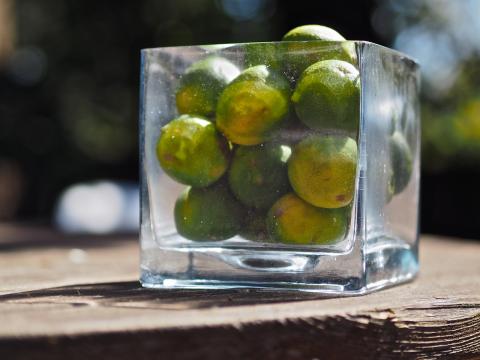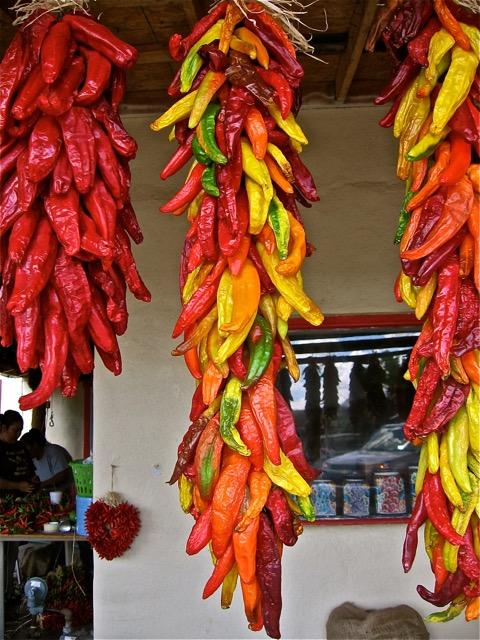INDIGENOUS CUISINE
FSR Magazine

Native American chefs and food producers are taking the U.S. dining scene back to its true roots. Native American cuisine focuses on the “pre-contact” or “pre-colonization” foods that naturally existed in this country before Spanish and other immigrants introduced new crops and other goods, which in some areas changed the agricultural landscapes and natural ecosystems dramatically.









Spread the word